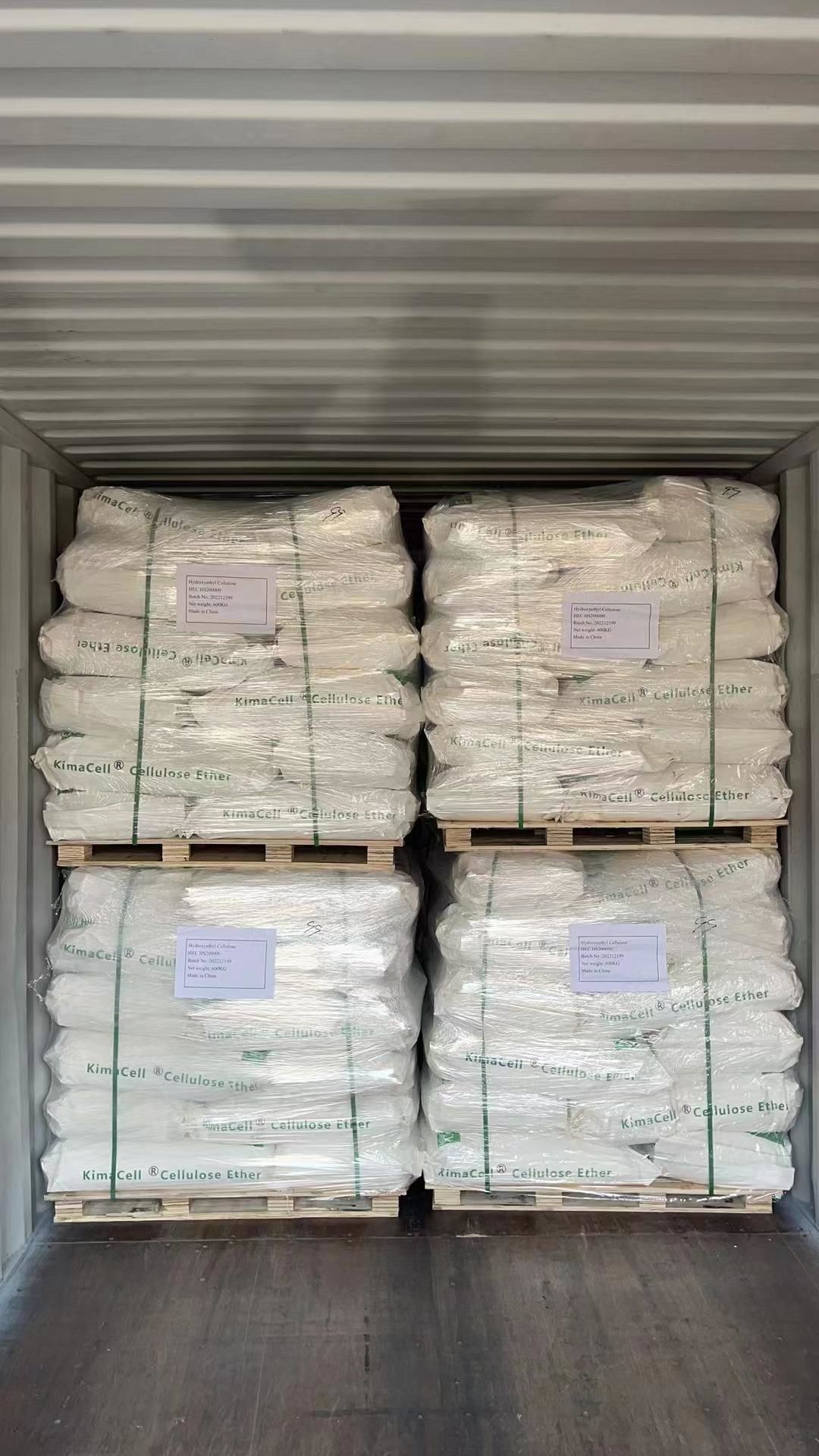Differences in Physicochemical Properties of HPMC and HEMC
Differences in Physicochemical Properties of HPMC and HEMC
Gel temperature is an important indicator of cellulose ether. Aqueous solutions of cellulose ethers have thermogelling properties. As the temperature increases, the viscosity continues to decrease. When the solution temperature reaches a certain value, the cellulose ether solution is no longer transparent, but forms a white colloid, and finally loses its viscosity. The gel temperature test refers to starting the cellulose ether sample with a 0.2% concentration of cellulose ether solution and heating it slowly in a water bath until the solution appears white or even white gel, and the viscosity is completely lost. The temperature of the solution is the gel temperature of the cellulose ether.
The ratio of methoxy, hydroxypropyl and HPMC has a certain influence on the water solubility, water holding capacity, surface activity and gel temperature of the product. Generally speaking, HPMC with high methoxyl content and low hydroxypropyl content has good water solubility and good surface activity, but the gel temperature is low: increasing the hydroxypropyl content and reducing the methoxy content can increase the gel temperature. However, too high hydroxypropyl content will reduce the gel temperature, water solubility and surface activity. Therefore, cellulose ether manufacturers must strictly control the group content to ensure stable product quality.
Construction industry application
HPMC and HEMC have similar functions in building materials. It can be used as dispersant, water retaining agent, thickener, binder, etc. It is mainly used in the molding of cement mortar and gypsum products. It is used in cement mortar to increase its cohesion and workability, reduce flocculation, increase viscosity and shrinkage, and has the functions of water retention, reducing water loss on the concrete surface, increasing strength, preventing cracks and weathering of water-soluble salts, etc. Widely used in cement, gypsum, mortar and other materials. It can be used as a film-forming agent, thickener, emulsifier and stabilizer for latex paint and water-soluble resin paint. It has good wear resistance, uniformity and adhesion, improves surface tension, acid-base stability and compatibility with metallic pigments. Due to its good viscosity storage stability, it is especially suitable as a dispersant in emulsion coatings. All in all, although the system is small, it works well and has a wide range of applications.
The gel temperature of cellulose ether determines its thermal stability in application. The gel temperature of HPMC is usually between 60°C and 75°C, depending on the type, group content and production process of different manufacturers. Due to the characteristics of the HEMC group, its gelation temperature is relatively high, usually above 80 °C, so its stability at high temperatures is attributed to HPMC. In practical application, in the hot summer construction environment, the water holding capacity of HEMC with the same viscosity and dosage is better than that of HPMC. Especially in the south, mortar is sometimes applied at high temperatures. The cellulose ether of the low-temperature gel will lose its thickening and water-retaining effects at high temperatures, thereby accelerating the hardening of the cement mortar and directly affecting the construction and crack resistance.
Because there are more hydrophilic groups in the structure of HEMC, it has better hydrophilicity. In addition, the vertical flow resistance of HEMC is also relatively good. The application effect of HPMC in tile adhesive will be better.
